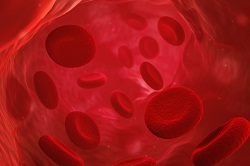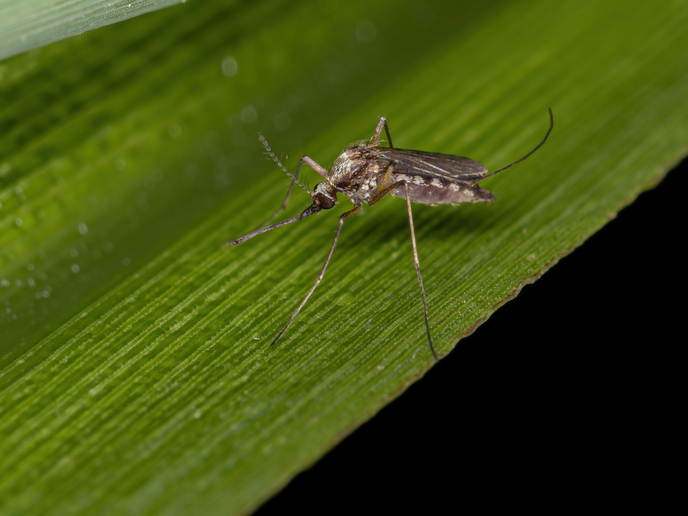Targeted personalised treatments for blood disorders
Developed through the EU-funded THALAMOSS project, new personalised treatment procedures for patients with beta thalassaemia could help save lives, reduce healthcare costs and lead to new patents for therapeutic interventions, key gene therapy innovations and gene-editing techniques. A new centralised databank of clinical information will also benefit researchers in the field. Beta thalassaemia is a group of inherited blood disorders associated with a lack of haemoglobin, the protein that carries oxygen throughout the body. As a result, patients develop life-threatening anaemia and require lifelong transfusions. Despite improvements in treatments, thousands of babies are born with the disease every year, most commonly in Africa, India and Mediterranean countries. ‘Many of these countries are constrained by a lack of adequate blood supply, and transfusions are frequently accompanied with the risk of infection,’ explains THALAMOSS project coordinator Roberto Gambari from the University of Ferrara in Italy. ‘In order to address these challenges, we sought to develop more personalised therapeutic approaches.’ Gambari and his team recognised the need to reduce blood transfusions and develop new treatments in order to improve the quality of life of beta-thalassemia patients – irrespective of ethnicity, nationality and wealth – and to provide effective cost savings for healthcare systems. In particular the THALAMOSS project sought to apply therapeutic strategies in developing low-income countries where beta-thalassemia is prevalent and where current levels of care are far from optimal. The first step of the project was to take blood samples from over 1 000 patients and use these to classify them into treatment subgroups. From this, the team was able to offer optimised personal treatments, ranging from blood transfusions through to the application of chemical inducers to increase haemoglobin production, gene therapy intervention and the correction of genomic sequences by gene-editing. ‘By combining these modular techniques into an integrated approach, we hope to be able to offer comprehensive guidance for treating individual beta-thalassaemia patients,’ says Gambari. Importantly, the project also put in place infrastructure to enable multi-institutional gathering and sharing of patient data, along with guidelines to correlate findings with medical records and cell culture analyses. A centralised databank containing all clinical information to support therapeutic management and a thalassemia cellular biobank containing cryopreserved cells from beta-thalassemia patients were also created. ‘We have more than 700 vials from more than 120 patients with different genotypes and genetic backgrounds, which can be used at any time for further experimental approaches or validation studies,’ adds Gambari. The project also made some fascinating discoveries about the disease that could aid further research. ‘One of the most interesting issues was related to the extremely high levels of genetic heterogeneity among beta-thalassemia patients,’ says Gambari. ‘Based on this observation, beta-thalassemia appears to be a very complex genetic disease. This finding strongly supports the development of personalised approaches for beta-thalassemia patients.’ Gambari next hopes to begin pilot clinical trials using foetal haemoglobin inducers and gene-therapy vectors, validated through the project, which have potential to be patented. ‘We also hope to begin fully using our cellular biobank for gene-editing strategies in collaboration with industrial and academic partners,’ he adds. ‘Our aim is also to finalise experiments involving non-invasive plasma analysis in order to better predict disease outcome and improve the clinical therapeutic management of patients. I’m certain that NGOs will be interested in using these low-cost therapeutic approaches in developing countries.’
Keywords
THALAMOSS, blood disorders, personalised treatments, beta thalassaemia







